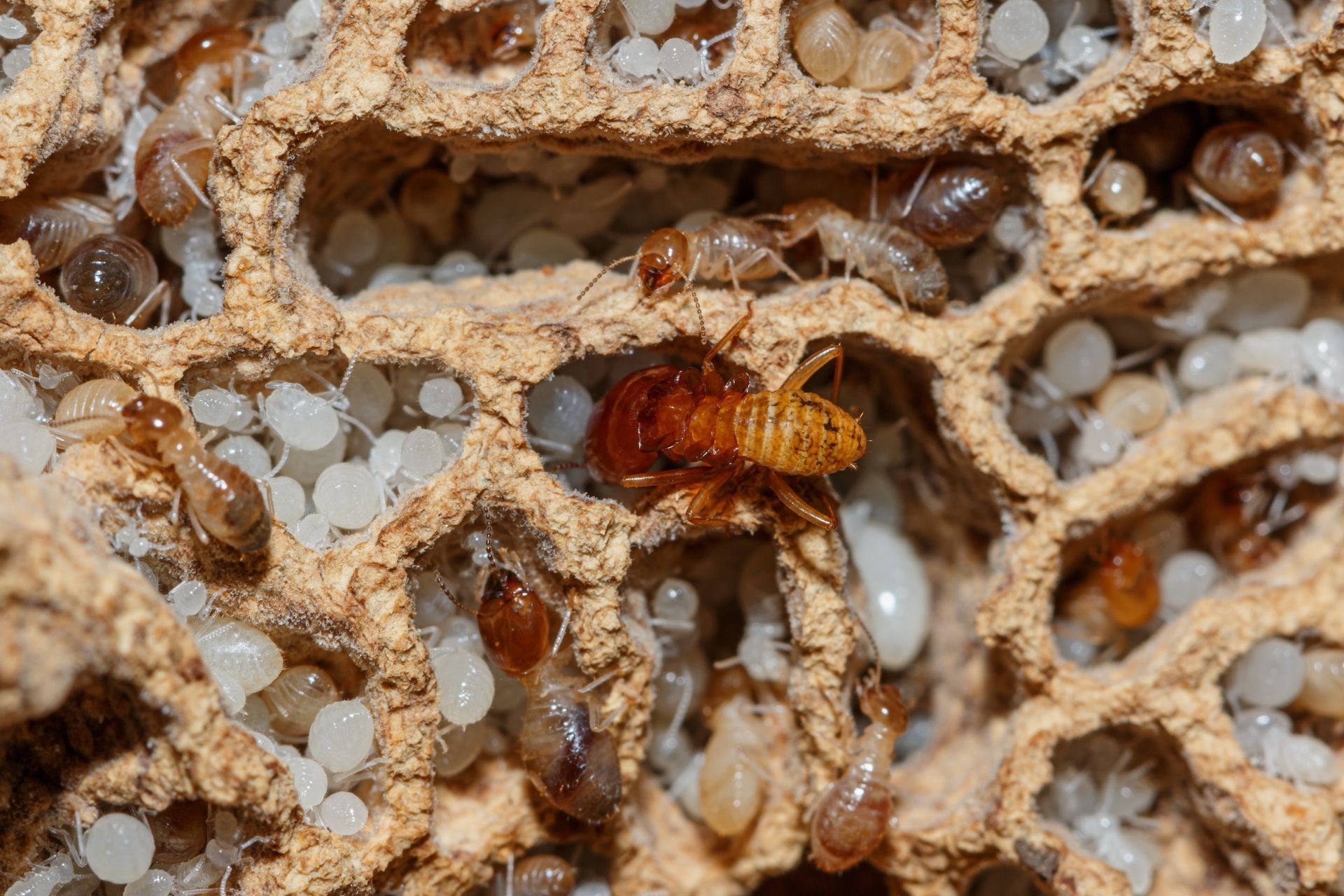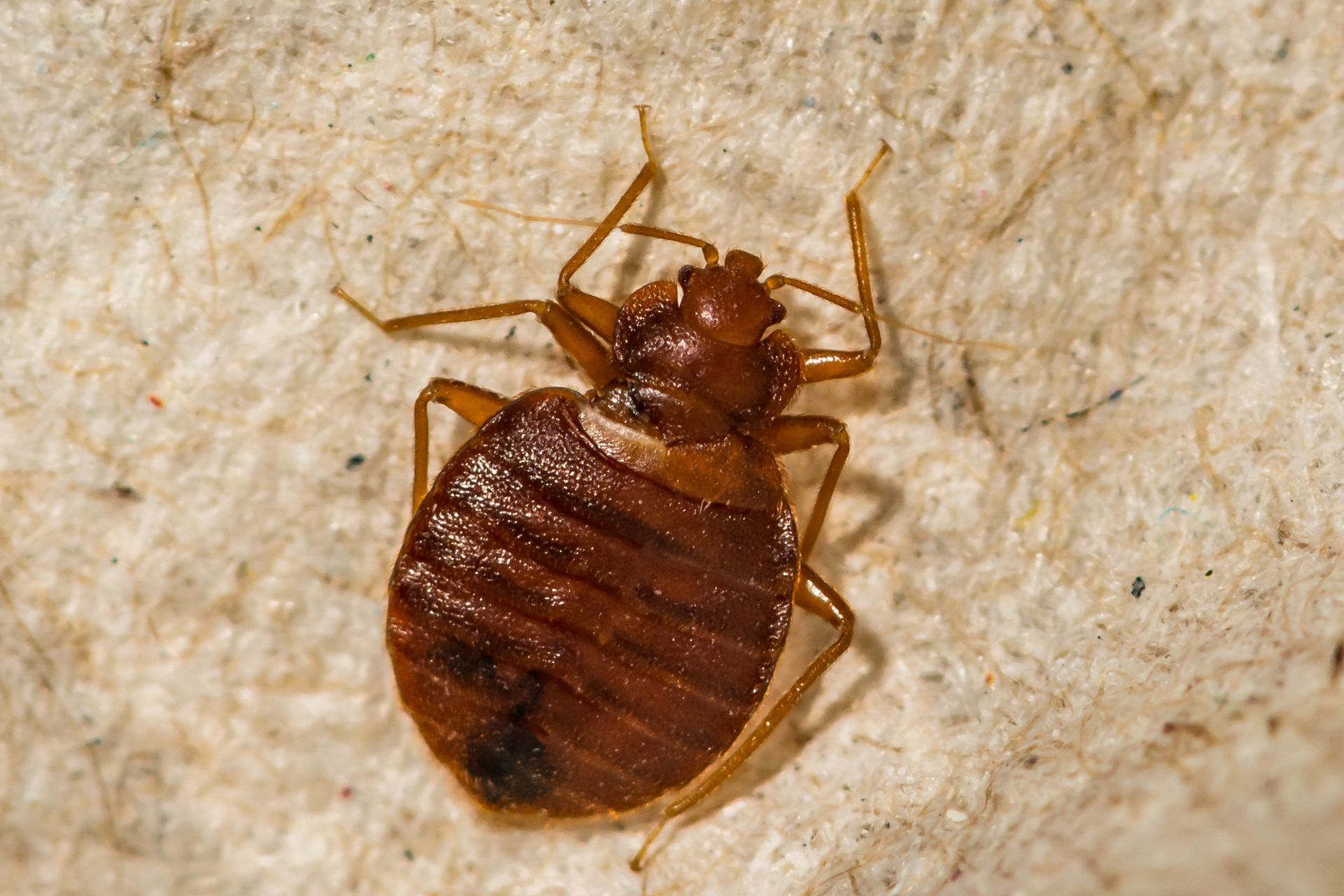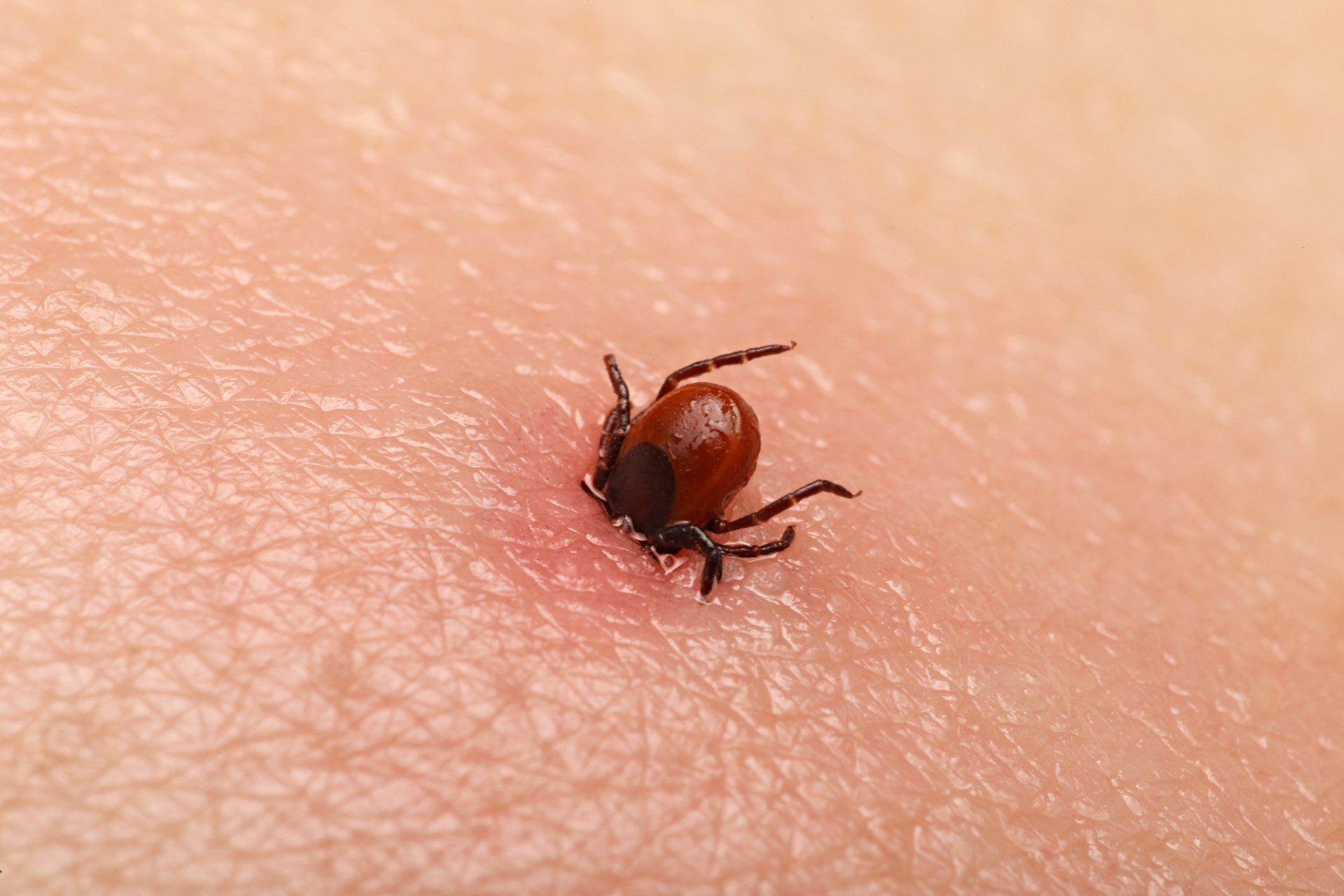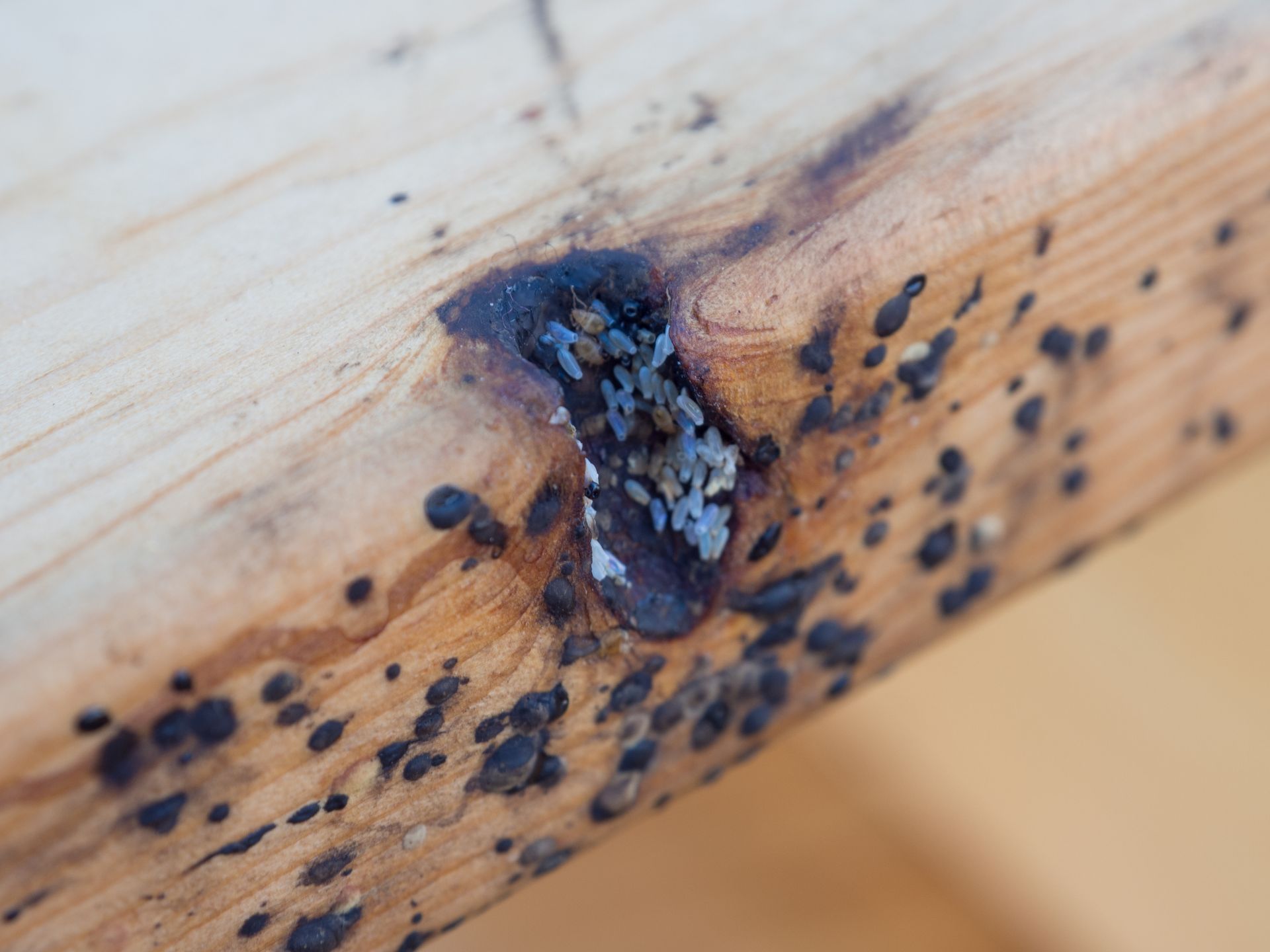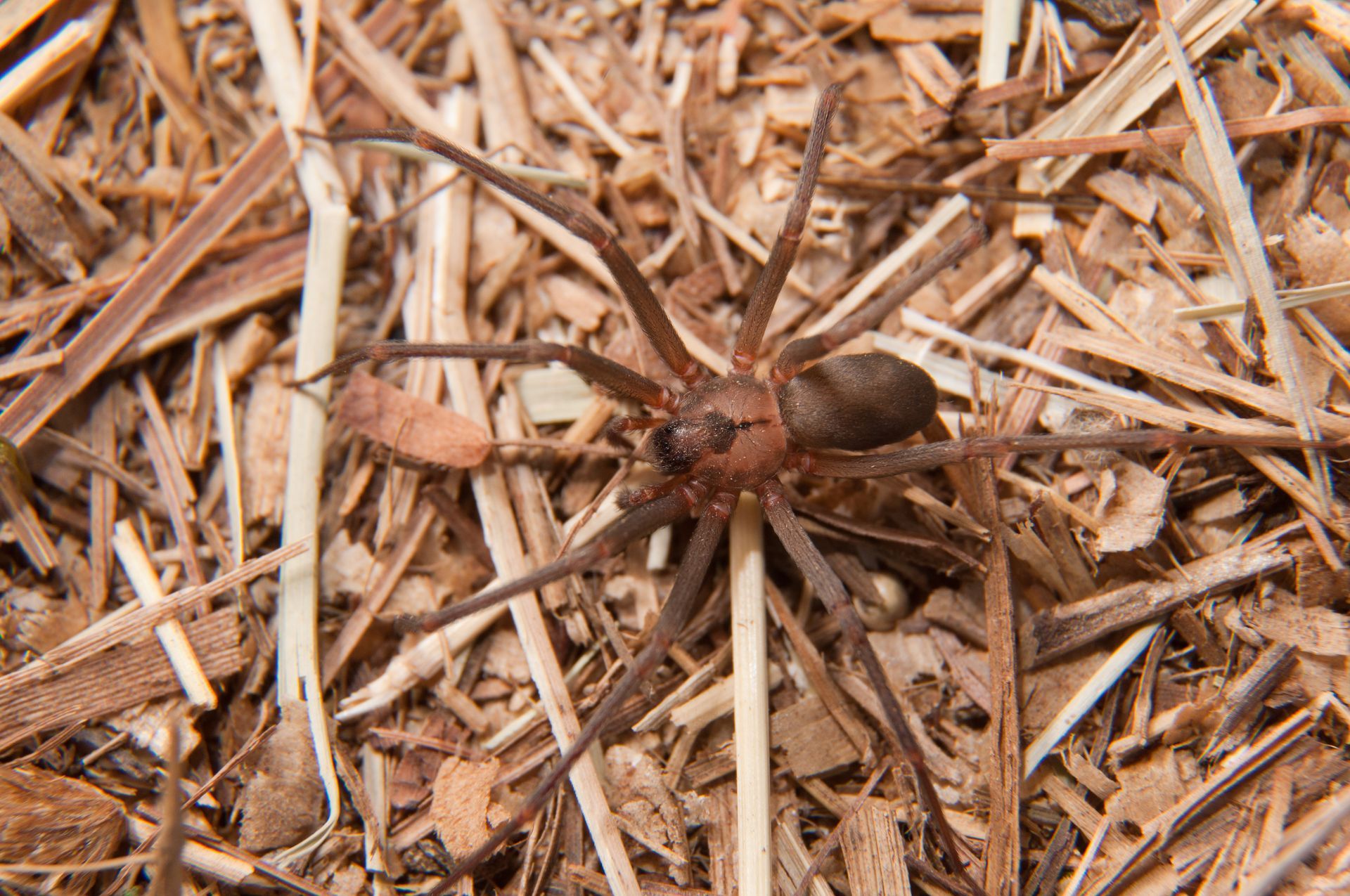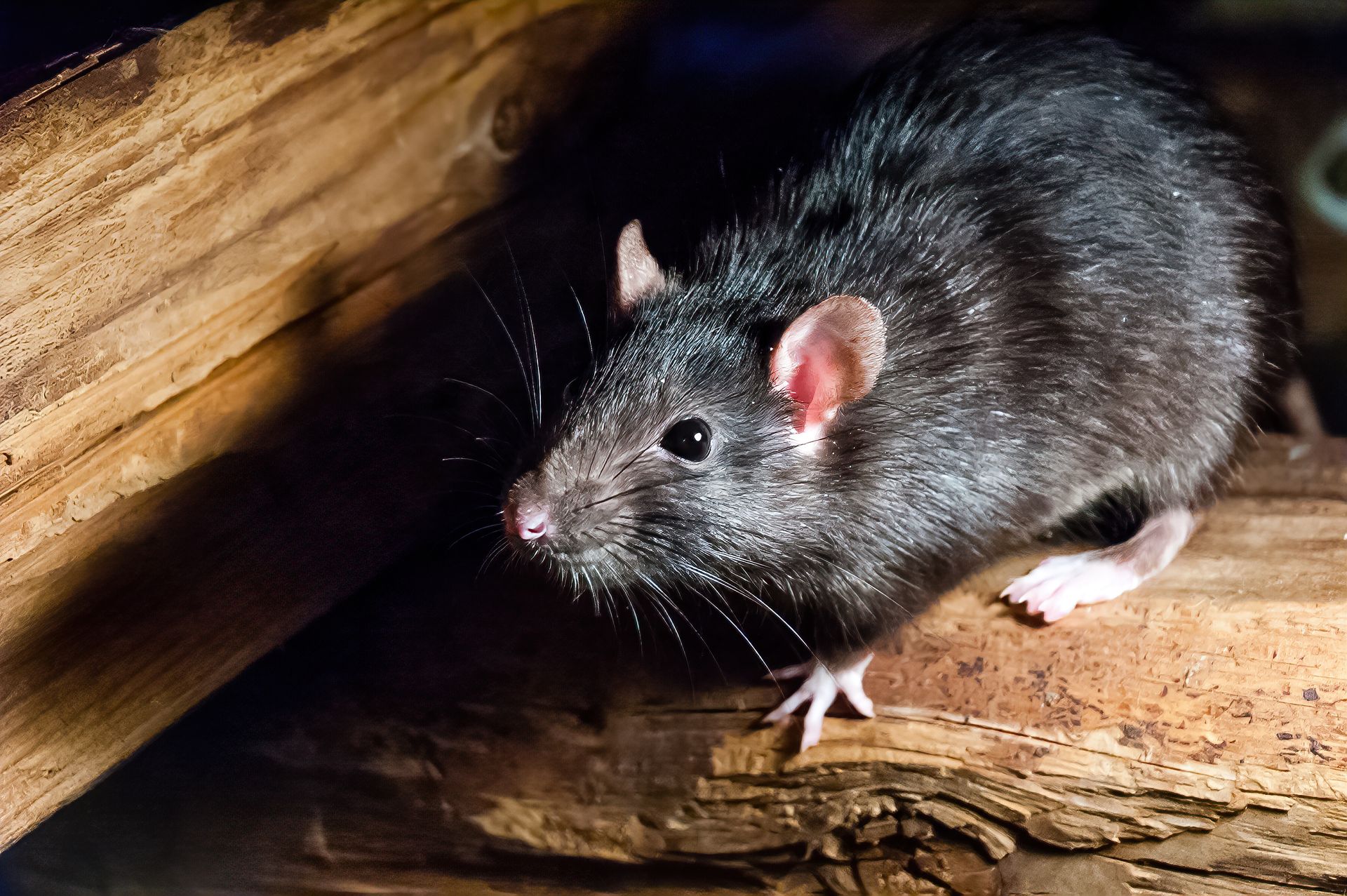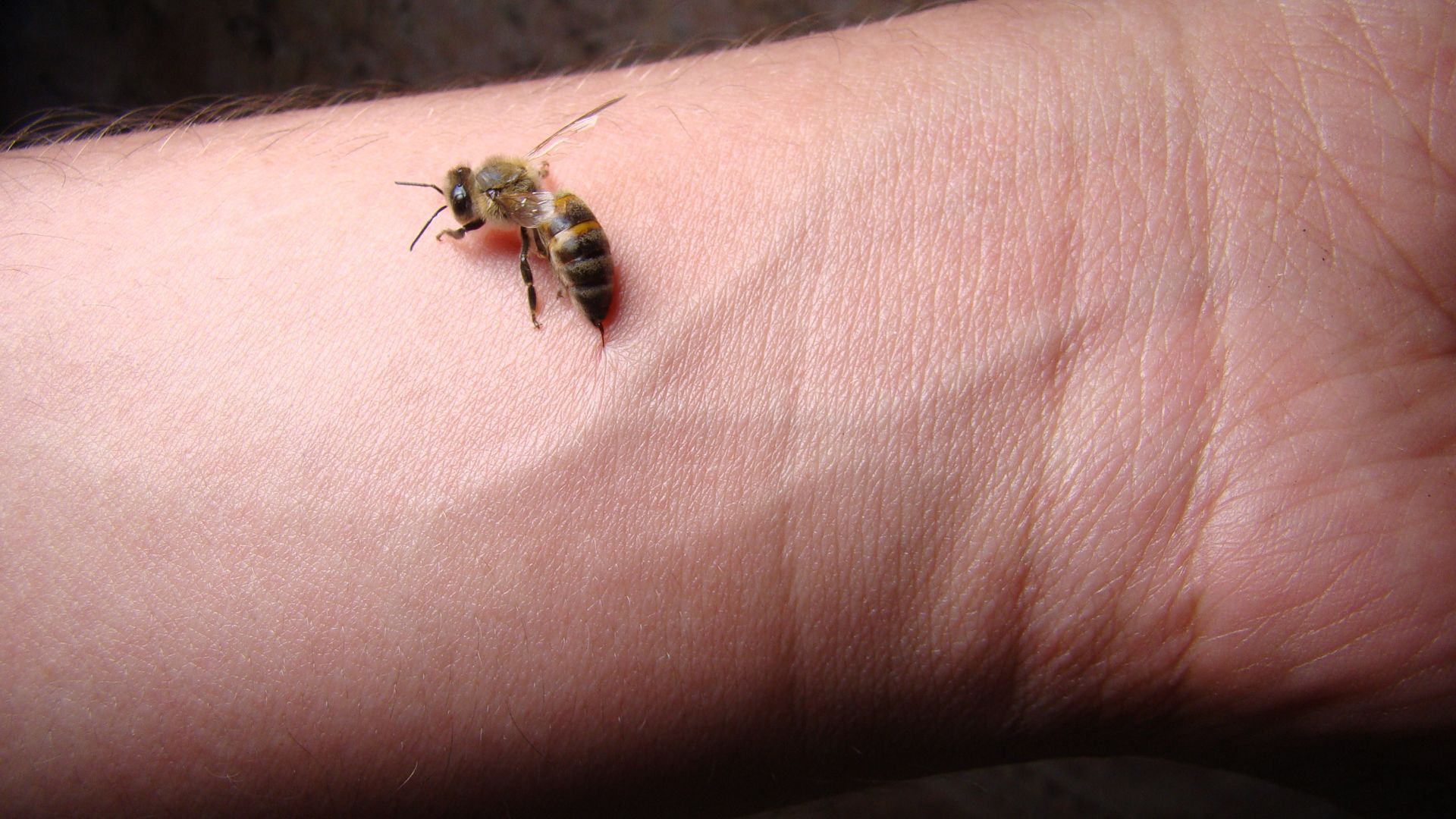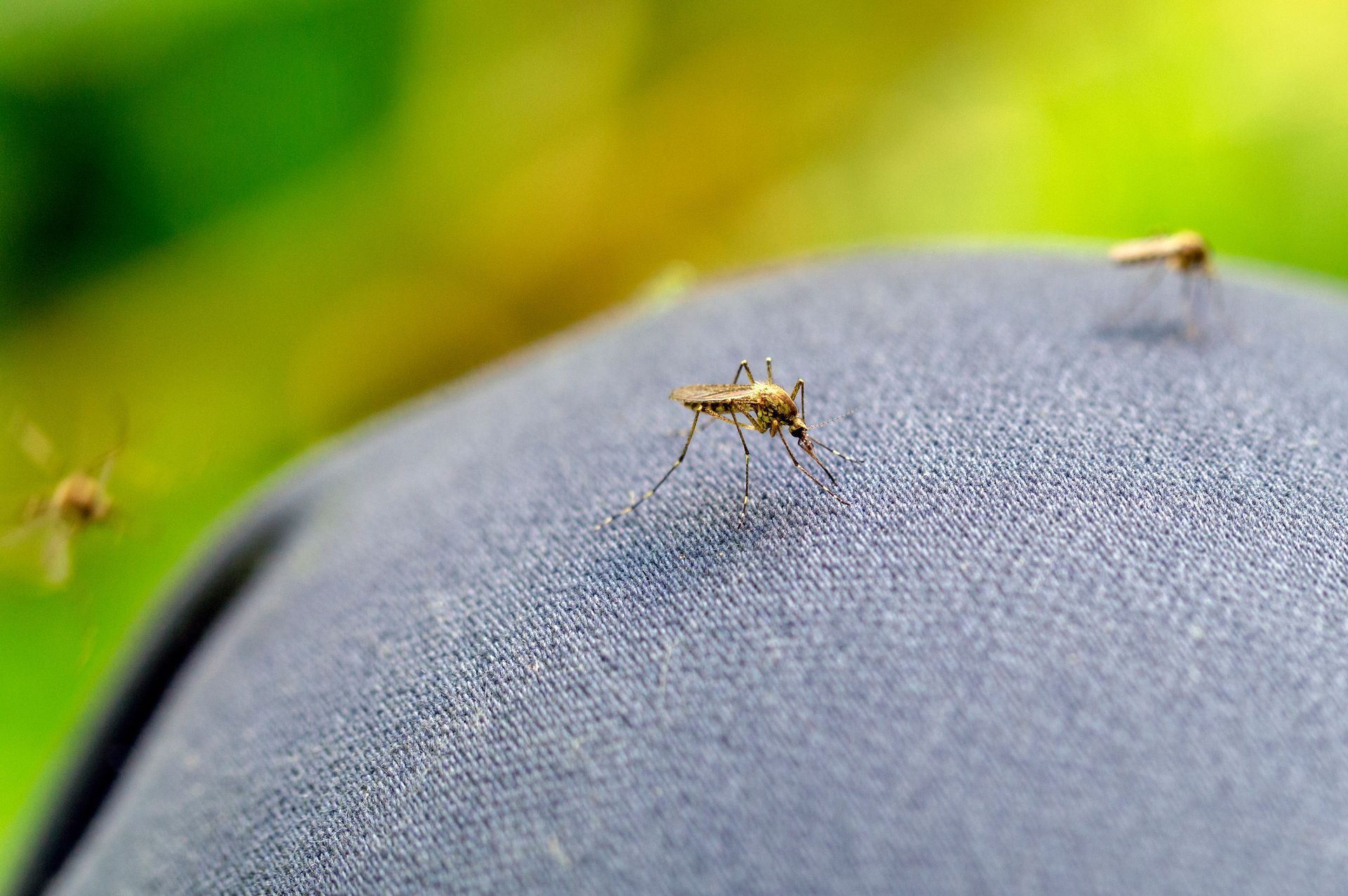Rat Repellent

How to Repel Rats: A Comprehensive Guide for Home and Business Owners
Seeing signs of rats can be extremely worrisome because rats can be one of the most devastating pests to have once an infestation gets out of control. They can carry and introduce deadly rodent pathogens that are harmful for you, your family, and your pets. They are also ravenous creatures that are constantly seeking out food, water, and a place to breed. In their search for these resources, rats will chew through just about anything including drywall, wood, plastic, and even soft metals. Finding signs of rat activity like droppings, gnaw marks, and nesting sites is every homeowner’s nightmare so implementing rat repellents to deter rats from accessing your home or business will help reduce the potential for a rat infestation.
Understanding Rat Behavior
Before we explore the different rat repelling strategies, it is important to understand rat behavior to identify what attracts rats, how they gain access to a home or business, and what actually repels them. They are excellent climbers and swimmers that can squeeze their small bodies through just about any small opening. They are also opportunistic feeders that will consume almost anything edible that they can find. By understanding the behavior of rats, you can better predict their movements and implement preventative measures and rat repelling strategies.
Rat Repelling Tactics
Rats are incredibly intelligent creatures so repelling these rodents takes the combined efforts of several strategies.
Rat Exclusion
Utilizing rat prevention methods like exclusion if often the first line of defense against rats and will optimize the effectiveness of rat control strategies before an infestation takes hold. Exclusion strategies usually include sealing cracks and crevices, capping vents, sealing holes, and cutting back tree branches. It is important to seal cracks, crevices, and other gaps with expandable foam that contains steel wool. Since rats can chew through most building materials, the steel wool will act as a reinforcement that will prevent rats from chewing through the newly implemented barrier. Anything that prevents rats from entering a property is classified as an exclusion tactic and is a critical element of integrated pest management.
Eliminating Resources that Rats Rely On
In addition to exclusion strategies, rats can also be deterred by eliminating the things that attract them in the first place. Rats are attracted to food, water, and shelter to nest and breed, so eliminating these resources are essential to repelling rats from a property. Be sure to cover trashcans, keep gardens and orchards harvested, keep compost contained, and properly store pet food in rodent proof containers to cut off their food supply. Keep bushes and trees trimmed, landscaping well maintained, and debris cleared from a property to help reduce rat harborage areas that may provide rats a place to stay. Also be sure to eliminate unnecessary water sources like leaky faucets, irrigation lines, and water bowls to help reduce the available water resources that rats may use to stay hydrated.
Rat Repellents
Rat repellents come in many different forms that have varying degrees of success. These methods typically work but if rats are desperate, they will ignore their discomfort in search of food and water. This is why utilizing multiple lines of defense against rats is a good idea to minimize the likelihood rats will find their way into your home.
What Repels Rats?
Repelling rats from your home is much easier than dealing with them after they have managed to find their way in. Using products that rats choose to avoid is a great humane way to minimize the impact that rats have on your home or business. There are several types of repellents available, including different plants, herbs, and their essential oils, as well as ammonia, bleach, mothballs, ultrasonic noise emitters, and natural predators. These rat deterrents generally work by overwhelming the rat’s sense of smell or hearing to a point of discomfort. The advantage that most rat repellents have over poisons and baits is that most of them can be used safely in places where poisons might not work. The most common rat deterrents are listed below with several characteristics that speak to their effectiveness, safety, cost, plus more.
| Characteristics | Herbs | Chili Powder | Essential Oils | Ammonia | Bleach |
|---|---|---|---|---|---|
| Type | Natural | Natural | Chemical | Chemical | Chemical |
| Coverage Area | Small | Small | Small to medium | Medium | Medium |
| Preventative | Yes | Yes | Yes | Yes | Yes |
| Effectiveness | Low to moderate | Moderate | Moderate | Moderate | Moderate |
| Cost | Low | Low | Low to Moderate | Low | Low |
| Ease of Use | Easy to use | Easy to use | Easy to use | Easy to use | Easy to use |
| Maintenance | Low | Low | High | High | High |
| Longevity | Long time | Long time | Short time | Short time | Short time |
| Noise | Silent | Silent | Silent | Silent | Silent |
| Biodegradable | Yes | Yes | Yes | No | No |
| Safe | Mostly safe for humans and pets | May cause respiratory difficulty if breathed in | Mostly safe for humans and pets | Potentially hazardous | Potentially hazardous |
| Environment | Safe | Safe | Safe | Not safe | Not safe |
| Disposal | Easy to discard | Easy to clean up | Easy to clean up | Should be neutralized before cleaning | Easy to clean up |
| Characteristics | Mothballs | Poison | Ultrasonic | Predators | Commercial Products |
|---|---|---|---|---|---|
| Type | Chemical | Chemical | Electronic | Natural | Chemical |
| Coverage Area | Small | Medium | Small to medium | Large | Medium |
| Preventative | Yes | No | Yes | Yes | Yes |
| Effectiveness | Moderate | High | Low | High | Moderate to High |
| Cost | Low | Moderate | High | High | Moderate |
| Ease of Use | Easy to use | Easy to use | Easy to use | Easy to use | Easy to use |
| Maintenance | Low | Low | Low | High | Low |
| Longevity | Long time | Long time | Long time | Long time | Long time |
| Noise | Silent | Silent | Emits high pitch noise | Varies | Silent |
| Biodegradable | No | No | N/A | N/A | No |
| Safe | Potentially hazardous | Hazardous | Mostly safe for humans and pets | Mostly safe for humans and pets | Potentially hazardous |
| Environment | Not safe | Not safe | Safe | Safe | Not safe |
| Disposal | Easy to discard | Easy to discard | Easy to remove | N/A | Varies on type |
Rat Repellent Considerations
When determining which rat repellent to use, there are several considerations to account for:
Type: Scent Based vs Ultrasonic Repellents
There are 2 primary types of way to deter rats. You can attack their sense of smell or their sense of hearing. Scent based deterrents use natural elements or chemicals to attack a rat’s sense of smell. The odors outlined above have all been shown to deter rats to some degree. The primary limitations of scent based deterrent methods include the effectiveness, coverage area, level of maintenance associated with consistent application, amount of scent-based deterrents needed, safety, and environmental impact. Since most scents fade rapidly over time, these types of rat deterrents usually need to be reapplied regularly to stay effective. They also come with the risk of acclimation as rats can get used to certain smells which reduces the effectiveness of certain smell-based rat deterrents over long periods. Scents are also mostly localized to small areas, so the effective range of certain smell based deterrents is relatively small.
Ultrasonic rat repellents are designed to emit an ultrasonic frequency that humans are unable to hear but are extremely irritating to rats. The limitations of this method include that the sound cannot treat beyond physical barriers like walls which means that multiple units will need to be purchased to optimize effectiveness. They are also only effective up to a certain distance.
Ingredients: Natural vs Chemical Repellents
When discussing ingredients, we are primarily focused on scent-based rat repellents. The options include both natural and chemical options that each have their benefits. Rat repellents that are made with chemical ingredients are typically more effective, but also harsher and potentially more irritating to humans and pets. These options are also mostly non-biodegradable and not environmentally friendly. Natural options are on the opposite side of these spectrums, they are often easier to handle and safe for humans and the environment, but typically less effective overall.
Rat Deterrent Coverage
Both scent based and ultrasonic options have limited coverage that are impacted by the radius of their reach and solid barriers like walls. Each of these rat deterrents are more effective close to the source of the smell or sound. The further away a rat is, the less likely these rat deterrent strategies are likely to be. The only rat deterrents with a large range of coverage are natural predators. Introducing a cat into a space will increase the area where rats are afraid to go because cats will roam and mark their territory in multiple places. This effectively creates several sources of scent-based deterrents that rats will avoid in addition to the fact that natural predators will help keep rat populations under control.
Is it Preventative?
Rat deterrents should act as a preventative measure that keeps rats out of a property. However, even though rat poisons are only effective after rats are already a problem, killing off rats can still act as a rat deterrent by decreasing the likelihood of other rats infesting a property. This is important because rats will mark their territory using urine that contains pheromones to attract other rats. By using rodenticides to eliminate a single rat, you are increasing the likelihood of preventing other rats from creating a full-blown rat infestation.
Is it Effective?
Most rat repellents are only moderately effective with the possibility of rats becoming acclimated to the source. Scent and sound-based deterrents will often be overcome if a rat is extremely desperate for resources like food and water that are necessary for a rat to stay alive. It is important to note that commercial rat repellents today are required by the FTC to provide scientific evidence for claims made about the efficacy of their products. This generally means that under normal circumstances, most commercially sold rat repellents work to curb rat activity. It also means that commercially sold rat repellants are often much more effective at deterring rats when compared against natural or home remedies like herbs and essential oils.
How Much Does It Cost?
The cost of most natural or home remedy type rat deterrents are inexpensive and can often be found using items already found in a household. That being said, some rat repellent strategies need regular and consistent application to be effective which does increase the use of certain rat repellants and their associated costs. Other methods like ultrasonic sound emitters can be slightly more expensive depending on the number of units necessary to effectively cover a given space. Lastly, introducing a natural predator, like a cat, can have its own maintenance costs that are much higher than the other rat repellent strategies.
How Long Does It Last & Does it Require Maintenance?
The longevity of a rat repellant typically has a negative relationship with the amount of maintenance it requires. Rat repellents that are long lasting are typically low maintenance while repellants that have a short effective period typically require more maintenance. The length of effectiveness of scent-based repellents really depends on how long it takes for the scent to fade. For humans, this can be a couple hours, but for rats, the smells can last for weeks due to their extremely strong sense of smell. Once a smell fades, the scent needs to be reapplied in order for the repellant to stay effective. Ultrasonic rat repellents can last for a long time as long as their batteries or solar power source continues to provide it with enough energy to function.
Is it Safe for Humans and the Environment?
The other grouping of characteristics is safety. Similar to maintenance and longevity, being safe for human use often coincides with a rat repellant being safe for the environment. While this might not always be the case, natural rat repellants are typically safe for human contact and can breakdown in the environment without causing harm because of their natural ingredients. Chemical rat deterrents can also be safe for humans when the right amount is being used but most chemical rat deterrents can be hazardous when incorrect amounts are used. Chemical rat deterrents are also often extremely hazardous to the environment and can potentially cause harm to animal and plant life if proper precautions are not taken.
What Smells Do Rats Hate?
Rats have an acute sense of smell which help make up for poor eyesight. It is unclear why rats’ eyesight never developed to adapt to darker conditions, but their short sightedness may be the evolutionary result of scurrying under cover and never really needing long distance vision. Regardless, as prey, it is extremely important to have at least some heightened senses, like smell and hearing to detect predators and food. These enhanced senses are what are attacked when implementing different scent-based rat deterrents. Rat repellents use smells that are overwhelming to rats sensitive noses or warn of potential predators to scare off and deter rats. Smells like capsaicin, ammonia, peppermint, eucalyptus, white vinegar, and cats have all shown to be somewhat effective at deterring rats.
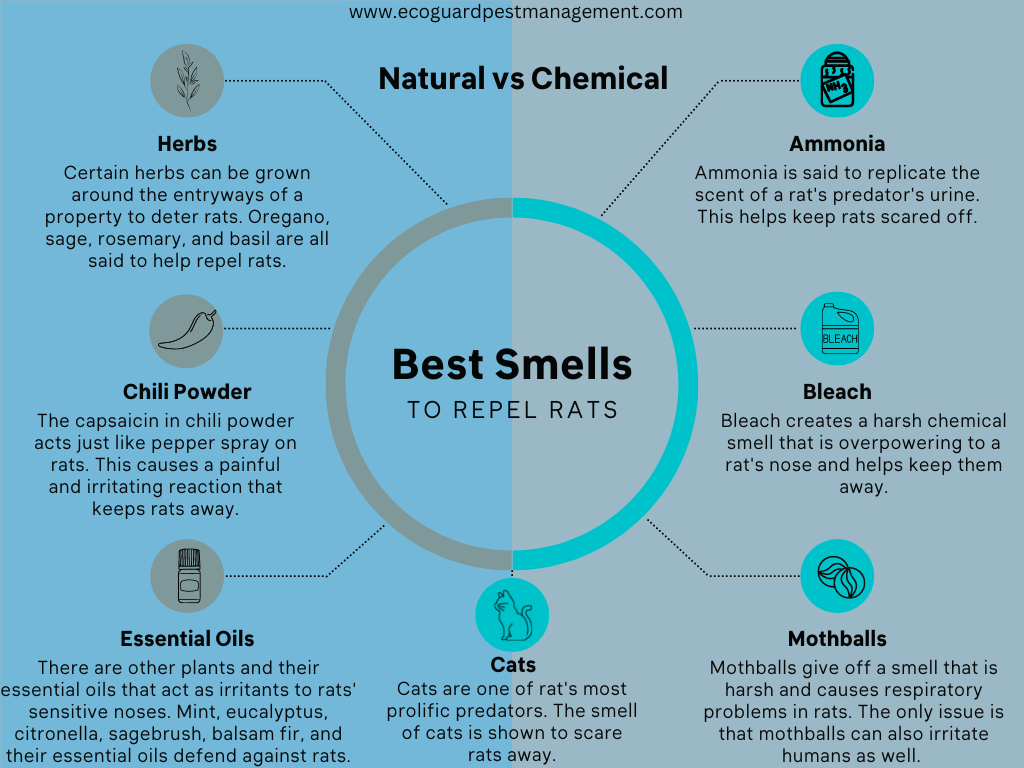
Natural Rat Repellents
The unfortunate reality with many natural rat repellents, is that they are generally the least effective, they require consistent application, or they require an unrealistic amount for application to be effective. Keep in mind that even with sensitive noses, rats are still able to survive in trash and sewers. That being said, rodents tend to avoid strong odors that may cause respiratory problems, pain, or discomfort.
- Mint / Mint Oil: Both peppermint and spearmint give off strong odors. Using concentrated oils on cotton balls and placing them in drawers, closets, and cabinets, will help keep rats out of small, confined areas. Mint plants can also be grown around the perimeter or a home to help deter rats and other rodents.
- Chili Powder / Cayenne Pepper: These powders act much like pepper spray would on a human. Sprinkle this around baseboards and across access points to create a barrier that will irritate rats if crossed.
- Eucalyptus / Eucalyptus Oil: Eucalyptus offers a milder scent than some of the others but is still effective if diffused in small, confined areas.
- Citronella: Citronella acts as a deterrent and an appetite suppressant for rats.
- Sagebrush / Sagebrush Oil: This strong odor can be used to deter rats, but caution is needed because sagebrush oil can be toxic to humans if ingested.
- Balsam Fir / Balsam Fir Oil: Balsam fir wood & oil give off an odor that is offensive to rats. It is often used in rat repellent bags that are infused with other essential oils that help deter rats.
- Herbs: Homeowners can use fresh herbs like oregano, sage, rosemary, and basil around the house and in the garden to help deter rats.
Chemical Rat Repellents
Chemical smells are a little more effective at deterring mice because they can be harsh and corrosive. The issue with some chemicals is that they can be toxic to pets and humans, so it is recommended that they use chemical deterrents that are safe for use.
- Ammonia: Ammonia is effective as a rat deterrent because it smells like the scent given off by predator’s urine. Ammonia should be diluted at a rate of 2 cups in 6 oz of water. This mixture can be left out in areas of high rat activity to help scare them off.
- Bleach: This chemical agent is commonly used to clean but gives off a harsh smell that can be irritating to rats. Diluting bleach in water and using it to clean should provide some level of deterrent against mice. The added benefit is that using bleach to clean will disinfect rodent infested areas that have been in contact with rats or their waste.
- Naphthalene Mothballs: Mothballs give off a lasting odor that helps deter rats, mice, and several insects. However, the effectiveness of mothballs as a rat repellent has varied and because this product can be harmful to humans, it may not be the best product to use.
Predator Rat Repellents
Rats are prey to certain wild animals so it makes sense that they would avoid areas that smell like cats, ferrets, snakes, racoons, weasels, ferrets, and other large wild animals. While introducing wild animals to resolve your rat problem might not be an ideal solution, having cats and certain dog breeds have been proven to be an effective rat deterrent. Studies have shown that the smell of cats creates an intense stress and anxiety response in rats and mice. The rodents involved in the study were shown to avoid areas and items that smelled like their predators. The added benefit of cats is that you can use cat urine deposits found inside litter boxes and strategically place them around the exterior of a home to help increase the likelihood of repelling rats.
Where to Place Rat Repellents
Even an effective rat repellent can be unsuccessful if it isn’t placed strategically where it will have to most impact. Learning how rats enter and move about a home is crucial to understanding where rat repellents will be the most effective. The most common places to introduce rat repellents include:
- Outside close to building entrances
- Outside near burrows in landscaping
- Inside around doors and other entry ways
- Inside attics and around attic access points like vents and eaves
- Inside basements and crawl spaces
- Inside garages, sheds, and barns
- Inside or around trashcans and other waste receptacles
- Near vent caps and utility pipes
- Near bird feeders, pet food, or other easily accessible food items
- Inside closets and storage
- Inside cupboards and drawers
- Along rat pathways
Knowing which rat repellents work the best in different spaces also has an impact on the success of a rat repellent. Rat repellents like mothballs or commercial rat repellents work best inside small, contained spaces like drawers, storage, and cupboards. Rat repelling herbs and plants are most effective when grown outside of a building near entry ways and potential access points. Chili powder can be used to dust along baseboards which are common rat pathways and inside hard to reach areas like wall cavities. Essential oils, ammonia, and bleach can all be used to cover surfaces or diffused around potential rat attractants in attempts to keep them away. Ultrasonic sound emitters should be placed inside each room inside of a building to be effective.
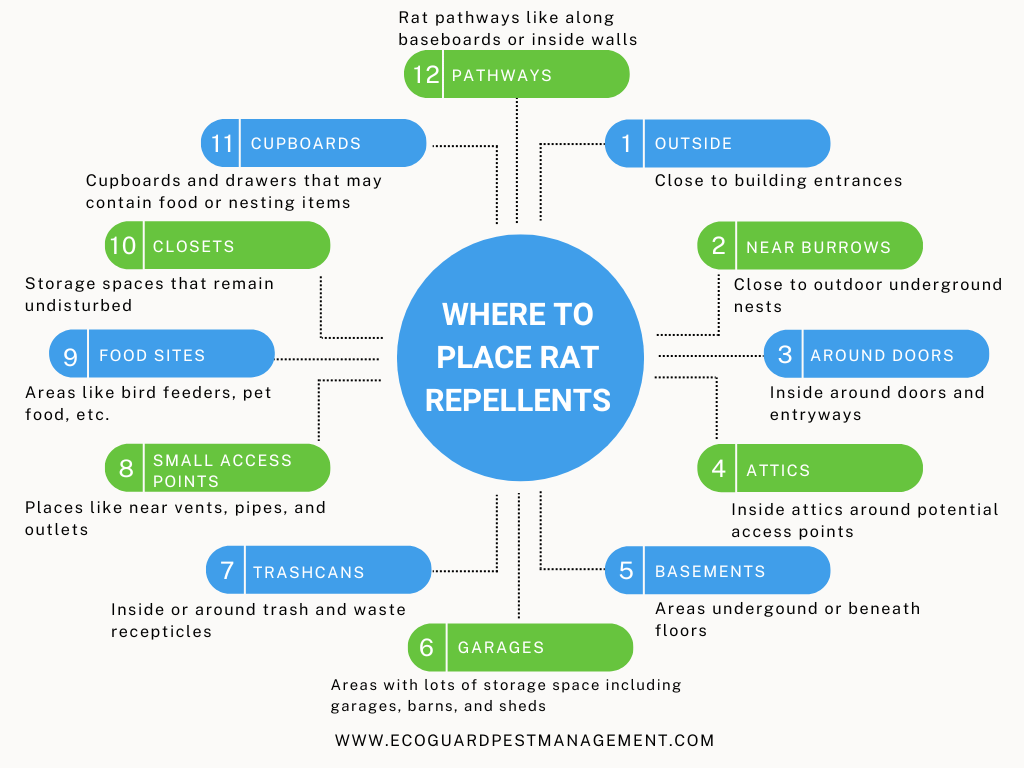
Call an EcoGuard Rodent Control Specialist
Preventing and repelling rats can be a massive headache and it is recommended that professional treatment is applied to help eradicate all signs of rat activity. This is critical to avoid a full-blown rat infestation which can cause immense damage and even spread disease. If you have been dealing with rats or have seen signs of rat activity, call EcoGuard to get a licensed and trained rodent control expert out to inspect your house.
Rat Repellent FAQs
-
What scent will keep rats away?
The smell of peppermint, chili pepper, eucalyptus, citronella, and sagebrush are all effective at keeping rats away if applied in the right concentration. They are also deterred by chemical smells like ammonia and bleach.
-
What are rats afraid of?
Rats are afraid of predators which makes the smell of a cat or wild animal a great rat deterrent. This also works with ammonia because ammonia shares a similar smell to cat urine.
-
How do you repel rats naturally?
Using certain essential oils like peppermint, spearmint, & clove oil are all effective rat repellents. This should be used with other deterrent and control strategies to minimize the potential for a rat infestation.
Request A Free Estimate
We will get back to you as soon as possible
Please try again later
Immediate Service Available
Services
Customer Care
Legal
Working hours
- Mon - Sun
- -
All Rights Reserved | EcoGuard Pest Management | All Phone Calls Recorded | By Using Website You Agree To Terms Of Use



